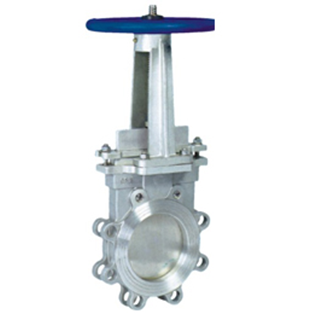Electric Actuator Solutions for Enhanced Control of Gate Valves in Various Applications
The Role of Electric Actuator Gate Valves in Modern Automation
Electric actuator gate valves have emerged as a pivotal component in the sphere of industrial automation and process control. These devices combine the mechanical advantages of gate valves with the precision and responsiveness of electric actuators, enhancing operational efficiency, reliability, and ease of control in various applications across numerous industries.
Understanding Electric Actuator Gate Valves
At their core, gate valves are designed to provide a straight-line flow path, resulting in minimal pressure loss and reduced turbulence when the valve is fully open. This design is particularly advantageous in applications where the flow needs to be fully shut off or allowed to flow without resistance. The integration of electric actuators transforms these traditional valves into automated components that can be controlled remotely or programmed for specific operational scenarios.
Electric actuators utilize electric motors to generate the torque needed to open or close the valve. This mechanism allows for precise control over the valve’s position, offering significant advantages over manual operation. Their ability to be easily integrated into automated systems means they can react to real-time commands from a control system, ensuring rapid response to changing conditions within a process.
Advantages of Electric Actuator Gate Valves
1. Precision Control One of the foremost benefits of electric actuator gate valves is their ability to provide accurate and reliable control over fluid dynamics. The electric actuator can position the gate valve with high precision, thereby optimizing flow rates and ensuring consistent performance.
2. Reduced Labor Costs With automation, the need for manual operation is significantly diminished. This not only saves on labor costs but also reduces the risk of human error, which can lead to system failures or safety incidents.
electric actuator gate valves

3. Remote Operation Electric actuators allow for remote monitoring and operation. This feature is particularly crucial in hazardous environments, where personnel safety may be at risk. Operators can control these valves from a safe distance, using advanced control systems that provide real-time data and analytics.
4. Energy Efficiency While it may seem counterintuitive, electric actuators can lead to energy savings when compared to traditional pneumatic or hydraulic systems. They require less energy to operate when managing flow rates and can be precisely controlled to minimize energy waste during operation.
5. Scalability and Flexibility As industries evolve, so do their demands. Electric actuator gate valves can be easily integrated into existing systems and scaled up or down as needed. This flexibility makes them suitable for various applications, from water treatment plants to oil and gas operations.
Applications in Various Industries
Electric actuator gate valves find use in a plethora of industries including water treatment, power generation, oil and gas, and pharmaceuticals. In water treatment facilities, for example, these valves manage the flow of water through treatment processes, ensuring optimal conditions for purification. In oil and gas, they control the flow of crude oil and natural gas, where any delays or failures can have significant repercussions.
Conclusion
The integration of electric actuators with gate valves represents a significant advancement in automation technology. As industries continue to strive for greater efficiency and control over their processes, electric actuator gate valves will undoubtedly play an essential role in achieving these objectives. Their precision, reliability, and adaptability make them an indispensable tool in modern industrial applications, paving the way for a more automated and efficient future. Embracing this technology not only enhances operational capabilities but also contributes to overall safety, sustainability, and profitability in various sectors.
-
The Key to Fluid Control: Exploring the Advantages of Ball Valves in Industrial SystemsNewsJul.09,2025
-
The Versatile World of 1, 2, and 3 Piece Ball ValvesNewsJul.09,2025
-
Stainless Steel Ball Valves: The Ideal Choice for Efficient Flow ControlNewsJul.09,2025
-
Optimizing Fluid Control with Ball Float ValvesNewsJul.09,2025
-
Manual Gate Valves: Essential for Control and EfficiencyNewsJul.09,2025
-
Everything You Need to Know About Butterfly ValvesNewsJul.09,2025
-
The Versatility of Wafer Type Butterfly ValvesNewsJul.08,2025




